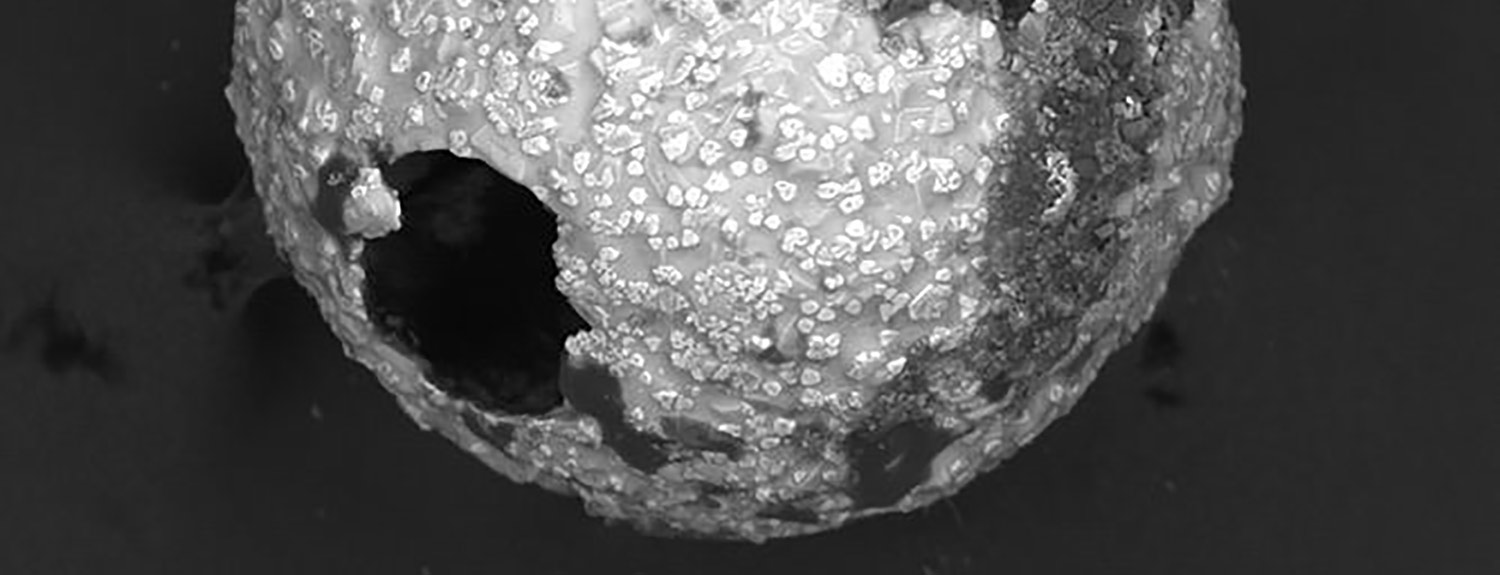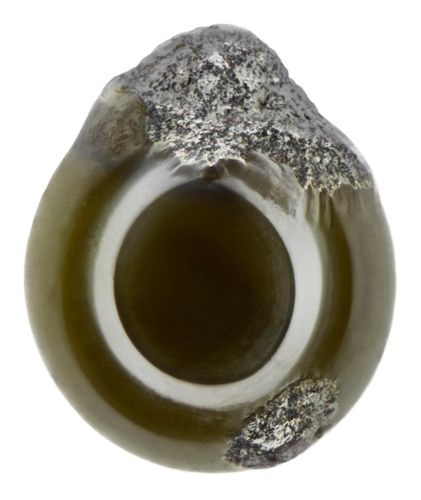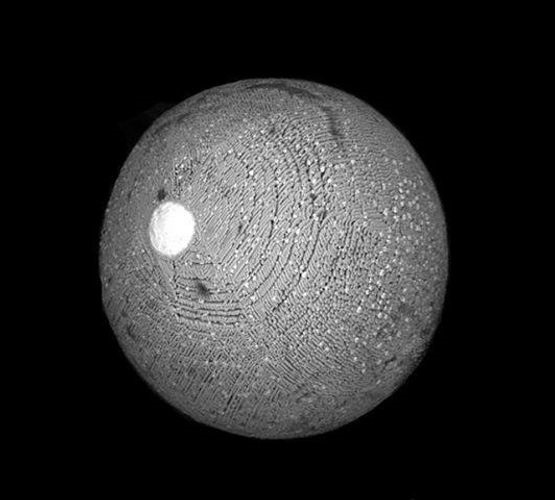
City Stardust
Micrometeorites in Our Own Backyards
June 15–September 8
Micrometeorites are some of the oldest matter that exists. Part of the 60 tons of cosmic dust that falls to Earth every day, they have been collected from remote areas, in polar snows and deep-sea sediments. Experts assumed that it was impossible to identify micrometeorites in urban areas.
Citizen scientist Scott Peterson shows that’s not the case. Searching rooftops in and around the Twin Cities, Peterson found his first true, urban micrometeorite in 2017. Since then he has identified hundreds more. Working with Anette von der Handt (UMN Earth Sciences), and the University of Minnesota’s microprobe (the only one located at an academic institution in Minnesota) Peterson finds chemical markers that show that his finds are not man-made objects, but mineral remnants from the time before planets were formed.
Join us to learn more about these tiny but mighty objects from outer space through photos of Peterson’s finds and an explanation of his process.
Searching for Stardust
Six or seven years ago, Scott Peterson read an IFL Science article about micrometeorites. “It said you can just go on your roof and anything magnetic would be from the stars,” Peterson says. He found some tiny magnetic particles, and assumed they were micrometeorites. A little while later, he read another article and learned micrometeorites were not only magnetic, but also spherical. Soon after, he found some spherical, magnetic specks he took to be the real deal. Read more on our blog.
More about Scott Peterson's work
New UMN tech helps local stardust hunter
Peterson has been searching for stardust on rooftops for about eight years.
A local amateur scientist is partnering with a University of Minnesota researcher to identify micrometeorites from Twin Cities rooftops.
Scott Peterson, a military veteran, stay-at-home-dad and engineering student, works with a University research associate and her brand-new technology to image and identify the composition of his samples of tiny rocks from space. Peterson started collecting the samples around 2010 and first succeeded in finding a true sample last year. Continue reading at The Minnesota Daily …
Local scientist hunting for micrometeorites
The search is on for micrometeorites in the Twin Cities. Local scientist Scott Peterson has found close to 200 in the past year.
MINNEAPOLIS – On a hot day, you’ll find Scott Peterson on a black rooftop with some basic tools: a hand broom, dustpan, magnet and a ziplock bag looking for Stardust, otherwise known as micrometeorites.
“Most of them are in between .2 and .4 mm, so really small. So, as they are coming in, sometimes at 7 miles per second. They do heat up so when you see them, later on, they will be spherical and they will be aerodynamic,” said Peterson. Continue reading at KARE 11 …
New Hope amateur scientist searches for stardust on Twin Cities rooftops
Particles from outer space are falling all around us. An amateur Twin Cities scientist knows how to find them.
On a blustery overcast day in December, Scott Peterson spent more than two hours kneeling on the roof of an industrial building in Hamel, sifting through small piles of dirt with a brush and a strong magnet.
He was looking for stardust. Continue reading at the Star Tribune …
The Men Collecting Stardust From Gutters and Rooftops
The cosmic speck had been traveling for billions of years, before ‘some schmuck from Minnesota goes on a roof and finds it. It’s amazing.’
The speck of cosmic dust likely traveled for billions of years at more than 100,000 miles per hour before chancing into the Earth’s atmosphere and finally alighting on a rooftop at a community college in Minnesota. Continue reading at the Daily Beast …




